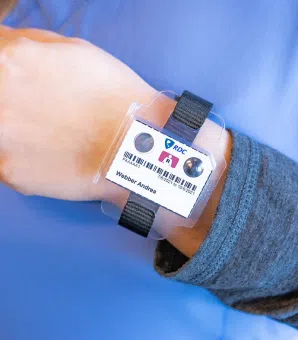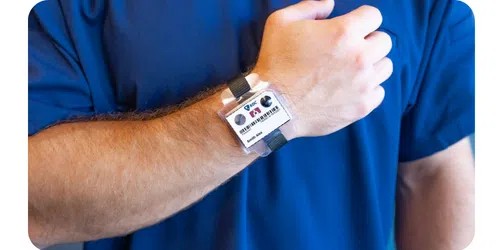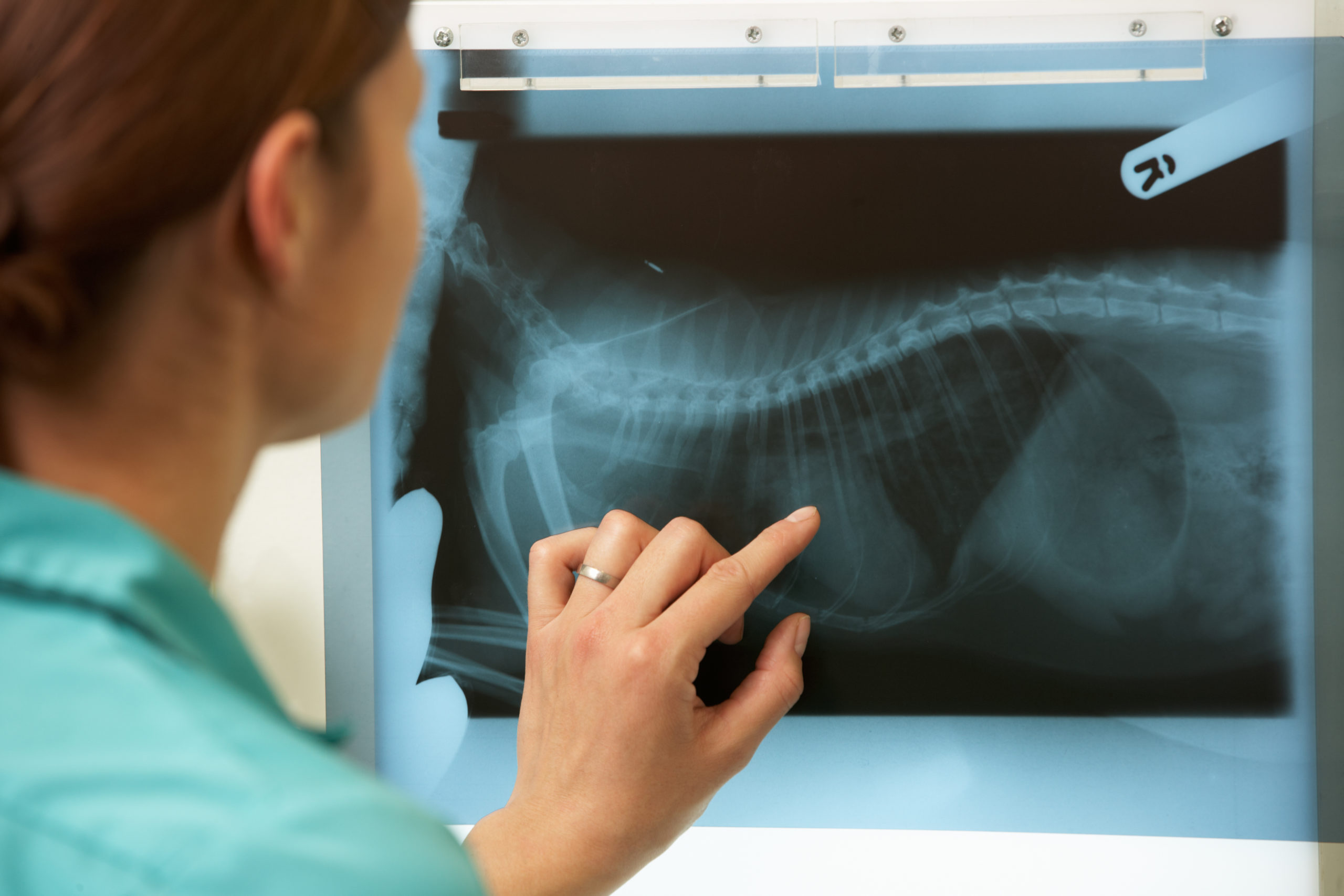
Dosimeter badge services for medical, dental, and veterinary businesses
Learn how Radiation Detection Company’s easy-to-use dosimetry solutions can boost the efficiency of your practice.
Everyone is exposed to some form of radiation in daily life—through contact with natural materials like rocks and soil, cosmic rays that vary by altitude, and radon, which occurs naturally all around us. But radiation exposure becomes more concerning for those who are exposed to higher concentrations on a regular basis, such as medical professionals. For these individuals, wearing an X-ray dosimeter allows them to track their levels of radiation exposure and ensure they take the proper steps to reduce exposure and manage the risk.
What exactly are the risks of radiation exposure? Most studies focus on high radiation exposure over a short period, such as survivors of atomic bomb blasts like those at Hiroshima. These studies reveal higher rates of cancer, as well as the short-term side effects of radiation sickness, which includes symptoms like vomiting, bleeding, fainting, hair loss, and skin and mouth sores. While studies about long-term exposure to lower levels of radiation are less conclusive, there is evidence that this level of exposure can also increase the risk of cancer. In fact, both the World Health Organization (WHO) and the CDC have classified X-rays as a carcinogen.
Though some levels of radiation exposure are normal, individuals who work around X-rays should take extra precautions to reduce their risk of cancer. Wearing a dosimeter is the first step for anyone working with or around radioactive environments, so they can track their exposure. These simple, unobtrusive devices measure radiation in the environment, allowing wearers to assess their risk level and make any necessary changes. X-ray dosimeters are available in a variety of shapes and sizes to accommodate a variety of workplace settings, uniforms, and requirements.

Dosimeters measure ionizing radiation. All ionizing radiation, alpha, beta, gamma, x-ray and neutron displace or remove electrons from atoms producing ions. This alteration can cause health issues over time thus why it's important to monitor possible exposure. Dosimeters contain phosphors that store energy from exposure to ionizing radiation. When the energies from ionizing pass through the filtration of the dosimeter, an algorithm can identify the type of ionizing radiation the badge was exposed to and the dose.
There are several types of dosimeters available, including rings worn on the hand, bands worn on the wrist, and badges worn near the chest. Declared pregnant women must wear an x-ray dosimeter near the fetus on a monthly basis until they declare they are no longer pregnant. Dosimeters are typically read over a period if time ranging from one to three months. The most common types of dosimeters worn are optically stimulated luminescence (OSL) and thermoluminescent (TLD) dosimeters.
There are many types of X-ray dosimeters and calculations that can be considered when choosing what is best for your line of work. It's imperative to also consider and research what might be required by the NRC for your organization to stay in compliance.
Most commonly used is the standard body badge (although it can depend on what industry and work involved). These dosimeters are worn on or near the chest area and reports deep dose whereas extremity badges do not. Radiation workers can receive up to 5,000 mrem of deep dose in a year. In saying that, a ring or wrist badge does not replace a body badge since they are calculated differently.
X-ray badges should be worn at all times when there is potential for occupational exposure to ionizing radiation. Dosimeters not in use should be stored properly away from any radioactive source.
Dosimeters should be worn at the body location indicated on the dosimeter label and should never be cut, covered, blocked, or written on. When a protective garment is worn, the dosimeter should be worn at the collar and outside the protective garment.
Fetal Monitors are required for those that have declared their pregnancy to their RSO in writing. These badges are worn near the fetus and cannot exceed 500 mrem during the entire gestational period.
To learn more about which type of X-ray dosimeter is best for your organization, always check your radioactive materials license or visit the Nuclear Regulatory Commission (NRC) website to inform you of your compliance needs.

Ensuring radiation safety is imperative to employee health, though it can come with some hassle. The cost of devices, choosing the right types for various employees, managing their wear cycles, and sending them off for readings may be a prohibitive process for some workplaces. With RDC, dosimeter management is effortlessly managed in one place, so workplaces can easily provide protection for everyone.
At RDC, organizations can set up a plan personalized to their workplace’s needs, from the type of badges used to the length of the wear period. With live customer support, organizations can feel confident in choosing the best plan for their needs. Once the plan is created and each badge-wearing employee is listed, RDC can send badges in as little as one week. Businesses using the EasyReturn option will have everything they need to send the badges back at the end of the wear cycle, and RDC will send new ones for the next cycle, so that employees are never without an X-ray dosimeter badge. Once the dosimeters are read, dose reports are available for each employee through MyRadCare.
Streamlining dosimeter processing allows businesses to set up their account once and let RDC handle the rest. They can get back to doing what they do best, while keeping their employees safe from radiation and providing peace of mind. Request a call to learn more or sign up today to get started!
Learn how Radiation Detection Company’s easy-to-use dosimetry solutions can boost the efficiency of your practice.
